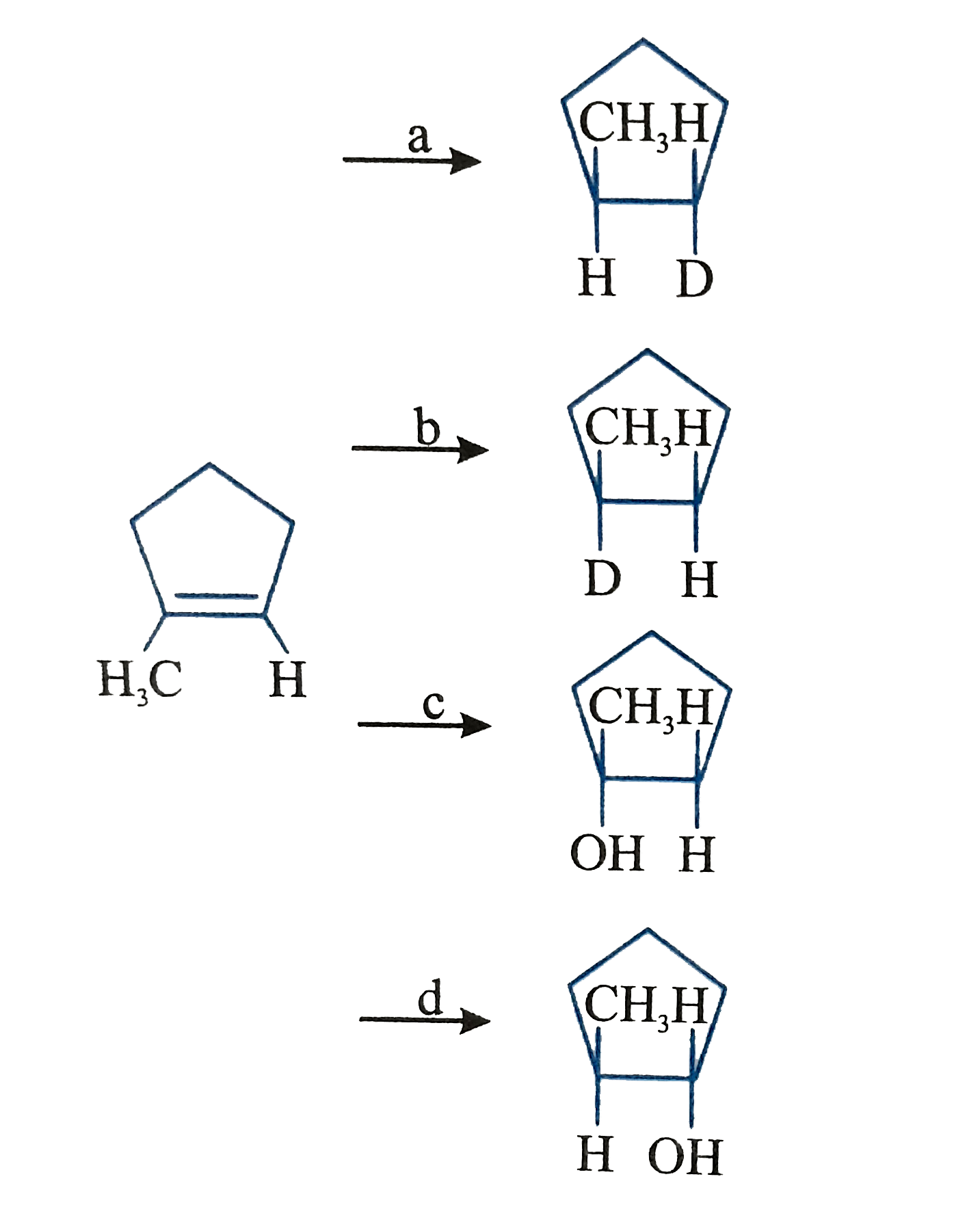A+B→C+D
For this reaction 13 gm eq of B is taken which is the reagent in excess. The left over ‘B’ after this reaction required 5 gm eq of a reagent to react completely. Calculate the number of gram equivalents of A in reaction.
A
13
B
8
C
5
D
18
Video Solution
Text Solution
The correct Answer is:B
gram equivalent of A = 8.
|
Similar Questions
Knowledge Check
For the reaction, 2A+B→3C+D, which of the following does not express the reaction rate
Ad[D]dtB−d[A]2dtC−d[C]3dtD−d[B]dtIn the reaction A+B⇒Products, if B is taken in excess, then it is an example of
ASecond order reactionBZero order reactionCFractional order reactionDFirst order reactionThe rate of reaction A+B→ Product is given by the equation r=k[A][B]. If B is taken in large excess, the order of the reaction would be
Aa.2Bb.1Cc.0Dd. Unpredictable
Complete the following reaction with appropriate reagents.
a.
b.
View SolutionThe rate of reaction, A+B → Products, is given by the equation r = k[A] [B]. If B is taken in large excess, the order of the reaction would be
View Solutionfor the reaction, 2A+B→3C+D, which of the following does not express the reaction rate
View SolutionFor rate of reaction A+B+C→ products is given by r=k[A][B]0[C] , if A is taken in large excess , the order of the reaction would be
View SolutionFor a reaction 2A+B→C+D, the active mass of B is kept constant but tht of A is tripled. The rate of reaction will
View Solution

